How to: Heavy towing
Heavy haulage is not something you should undertake lightly. Let’s put a Hyundai Santa Fe under the heavy tow test and walk through the process…
This is so much more complicated than taking a baby box trailer to the tip - the details really matter if you want to avoid getting yourself on the nightly network news.
There’s no doubt towing a big heavy trailer, particularly in an urban environment on an arterial road with reasonably narrow lanes and crazy trucks screaming past, can be quite demanding.
You’ve got to have a constantly updating picture in your head about what’s going on around you at all times, and you have to solve all the problems down there from up here, in the cockpit. You have to be ahead of the curve.
But many people think the heavy twing equation plays out in the driver’s seat, however, you need to get everything right way back at the start, or it can end very, very badly.
Pre-flight checks
Heavy towing actually starts with the vehicle and trailer configurations and you need to get them right.
You must conform to the numerous load limits and you need to optimise your particular setup for ultimate dynamic stability. This is a really specialist thing, so get expert help if you need it - DO NOT WING IT.
Your trailer in it’s most heavily loaded configuration needs to conform to its own Aggregate Trailer Mass (ATM) limit. It also needs to come under the vehicle’s maximum legal tow capacity and maximum static towball download limit of your vehicle.
You’ll likely need to consider weight distribution and possibly learn your way around load levelling hitches >>
There’s also the Gross Combined Mass (GCM) limit, which is the total combined weight of both the loaded trailer and your vehicle.
Immediately lock down the hitch; even adding a spring-loaded lynchpin is an extra layer of safety I recommend.
Then there’s the total Gross Vehicle Mass (GVM) limit which is the total loaded weight of the tow vehicle - including passengers, luggage, equipment, accessories and the towball download limit (do not overlook this) - and it’s a lot of complex stuff to keep track of if you’re not a technically trained person.
You need to ensure these loads are legal too, using a weighbridge and PRO TIP: do not guess this: measure this.
Overloading any part of your setup is dangerous, illegal, negligent, and pretty stupid. If you get stopped and weighed out there on the Australian roads and you’re found to be overloaded, at the very least a fine will be coming your way and you won’t be proceeding.
If you crash while overloaded, and they figure it out (which they will), your insurance company might make taking out a claim very difficult indeed.
Once you’ve ticked all these compliance boxes, you’ve then got to get all the pesky little details right.
Systems check
Some vehicles can be easier or harder than others to dock your vehicle with the trailer as reversing cameras and sensors vary, but the Hyundai Santa Fe has a clever dynamic towball guidelines which move with the steering.
You hook up the trailer, getting the main trailer handle locked down on top of the ball and you do this immediately because it’s easy to forget. It’s a priority to do this straight away, get the pin locked down because it’s also embarrassing if it comes off out on the road.
Next, there are two safety chains for heavy trailers. Cross them over diagonally. The left chain goes on the right towbar anchor point and vice versa. Make sure you use load-rated shackles, they’re the ones with yellow pins.
If you have trailer breakaway protection, designed to immediately apply the brakes in the event the whole thing decides to part company, make sure you clip the end of the lanyard to the tow bar - not the chain. (Because the breakaway system won’t work, obviously).
TYRES
Make friends with your tyre gauge here too, because there are no less than 10 tyres in this situation with a dual-axle car trailer.
PRO TIP: While you’re doing both vehicle and trailer, make sure you check all spare wheels as well; do it before packing the boot.
DO NOT SKIP THIS STEP. Under-inflation is the most common cause of blowouts.
Most people at this point also don’t bother checking, but check all your lights, every single one.
Especially check indicator lights and brake lights.
Now secure that load. Whether it’s bikes, a car, boat or jetski or even a bobcat - you do not want that load shifting or moving in transit, or coming completely unglued during a swerve or emergency brake application.
It also doesn’t hurt to double-check all this setup stuff before setting off, or have a second person review your setup with you to make sure you’re not about to score an epic own-goal because you had brain fade or a senior moment.
The real world
In filming the driving segment of this report we climbed about 180 metres of vertical height which was a great test of the powertrain. We did it twice.
The drive included the main arterial highway at 110km/h to about 80km/h on an older B-road, but the powetrain is only part of the towing equation.
There’s actually another two parts - the vehicle and you. So let’s talk about them in that order.
When you’re towing at pretty much the maximum towing capacity for a vehicle, you are intrinsically closer to the limits of the handling-control envelope. It’s very easy to step over the line and if you do, it’s extremely difficult to recover.
There’s a line and you are driving close to it when you tow - but you cannot feel or see it. You are closer to losing control of the vehicle than ever in ordinary driving. But that’s not the only problem.
The trailer is so wide and so heavy, and it has such an impact on the car at all times. You have to be on it: be aware of the extra width, drive conservatively, leave longer safety margins between you and the vehicle in front, you’ve gotta know what’s behind and to the side of you at all times, and you have to fit into very narrow lanes particularly in suburbs on arterial roads which have been increasingly widened by narrowing the lanes. Then you have roundabouts and so on…
Taking action
My strong advice is to drive far more conservatively than you believe to be absolutely necessary.
If you think your’e driving a bit too conservatively then you’ve probably got it pretty right, because you never know when some malignant influence is going to militate against you out there in traffic.
As for driving techniques, you’ll want to turn wide and late. In other words, start left turns on the right edge of the lane and vice versa, and commence the turn after the rear axle of the tow vehicle passes the intersection.
On curves, remain out wide and turn-in relatively late. Use mirrors to monitor how well the trailer is maintaining lane discipline, and adjust accordingly.
If you’re travelling on three-lane arterial roads, stick to the middle lane where you can and remain dropped-back from the vehicle in front no matter how many times you get carved-up/overtaken in traffic - it’s going to happen, accept it, and maintain that safe distance as if there’s a gun to your head.
If you’re driving a manual transmission, do not strain the gearbox in too-high a gear. Don’t make it lug in fifth or sixth uphill - that’s a great way to overstress the transmission and turn what was a perfectly serviceable geartrain into expensive shrapnel.
If you’re driving an auto, for Christ’s sake, leave it in D. It’s programmed to make damage-proof gear selection choices, and you’re probably not going to be as good at this as the computer - so don’t try to be.
PRO TIP: Autos are even more expensive to repair - you’ve been warned.
You haul
This is actually a very serious tow test for this vehicle - the Santa Fe’s maximum tow capacity is 2000kg, the i30 Fastback N here weighs 1470kg.
Add in the 500kg weight of the trailer, you hit 1970kg and we’re within 30kg of the limit, which is pretty close.
I’d suggest in practice, if you can come in 20 per cent under the maximum tow capacity for your vehicle tghat’s probably the sweet spot to give the powertrain some lee-way, and it’ll give you more flexibility in terms of whatever gear/equipment you might have inside the boat, car or caravan, or whatever it is you’re towing.
The other thing which makes this particular Santa Fe pretty good at towing is the genuine load assist kit, which gives you a set of upgraded, variable-rate springs which deliver 50kg more in the towball download limit, going up from 100kg standard to 150kg with the kit.
It also means a ride quality benefit when not towing but the vehicle is loaded up because the variable rate on the springs accommodates extra loads very well.
The $2500 kit also gives you an electronic brake controller which allows you to tweak thge response to trailer brakes in relation to using the vehicle brakes - very useful when you’re up close to the limit.
It’s good to make the brakes more responsive on the freeway and slightly less responsive when you’re driving around town. It’s just a twirl of the knob and you’re not locked into some mechanical feedback loop you’d be in with the older style of mechnical brake controller.
All up, this is a very serious test and the vehicle has kicked it through the big posts on the full.
The arms race
Let’s talk about this absurd arms race playing out on Australia’s roads.
3.5-tonne tow limits are increasingly common and many of the utes offer that, as well as Toyota LandCruiser and Nissan Patrol.
You can pick up a 3.5t capacity vehicle no problem and umpteen caravan retailers are happily going to sell you a van with a 3.5t ATM.
A great many people, aspiring grey nomads, or boaties mainly, are looking at the tow specs, doing their planning and say, “Okay, 3.5 tonnes, I’ll aim for that”.
To this idea I say, it’s time for a reality check because I think towing 3.5 tonnes with a vehicle like a 2.7-tonne LandCruiser or 2.3t in a Ranger Wildtrak (another hugely popular towing platform), it’s clinically nuts.
If you jam 3.5 tonnes behind a LC Sahara, which is a very popular choice for the well-heeled grey nomad, once you account for the 350kg towball download limit (part oft he GVM limit), you’re left with just 260kg of payload capacity in the vehicle before you blow the GVM limit.
This is a vehicle with eight seats. 260kg maximum for people, luggage, accessories. Two fat bastards, a bullbar, a roofrack and towbar and you’re pretty much overloaded.
A lot of people don’t consider this.
If you do the same thing with a Ranger Wildrak - and I’ve lost count of the number of people planning exactly this - just paraphrasing the emails I get, go like this, “Mate, I can’t afford a LandCruiser and need to tow 3.5 tonnes. How about a Ranger?”
That’s allowed, but if you’re in a Wildtrak, you’re going to be limited to just 222kg in payload. Fat bastards, stuff, everything on-board, no more than 222 kilos. Exceed that and your Wildtrak is over its gross combination mass limit and I’d suggest that’s completely unworkable.
I mean, you’re going to tow something so heavy the vehicle has to be almost entirely empty for your entire 16,000km circumnavigation of Australia.
A bunch of utes offer 3.5 tonnes of towing limit (Hilux, Ranger, BT-50, D-Max, Navara), but it’s just a marketing gimmick. It’s not a guide about what constitutes a really good idea out there on the road in the real world.
Even if you do load up that 3.5 tonnes of trailer and you manage to comply with all the weights and measures, the elephant in the room is safety. And by that I mean, “Danger!”
It just isn’t safe to pull a 3.5-tonne pendulum behind a 2.3-tonne vehicle. It’s unsafe, no matter how legal it may be if you conform to the ridiculously unworkable payload limitation.
If you think this is a good idea, please don’t breed or vote. We’re all stocked-up on morons.
Pendulum swings
If the trailer being towed is heavier than the vehicle towing it, in my view, this is a very bad situation indeed - potentially.
The Santa Fe has a 2000kg tow limit and a kerb limit of 1995kg. So trailer equals vehicle, kinda thing.
In my estimation the powertrain could certainly handle more weight than that, and I say this because that test we did was quite a severe climb on a really hot Australian summer day. The vehicle ate that climb, the temperature gauge never even budged, it never one felt like it was straining.
So the powertrain was not apparently close to its limit, at least in terms of performance. Of course, one cannot know about the torque limitations of various powertrain components, this kind of data is typically not accessible to mortals like us outside the company.
I’m not sure about the low profile tyres either, ultimately I suspect they’re a bit of a limitation on the download which is kind proportional to tow capacity if you want to ensure stability - and trust me on this, you definitely do want to ensure that.
So, there’s something unknown limiting the Santa Fe to 2000kg of tow capacity. We don’t know what it is, but we know what the limit it. The GVM limit on Santa Fe is 2.6t so hypothetically with the driveline or tyre upgrade, it might be possible to rollout Santa Fe or its cousin Sorento with a 2.5-tonne tow limit. And who knows, they might do that in the future, and I’m thinking that might work potentially.
But I do think upping the ante to something like three tonnes would be rather a bad idea even if those powertrain endurance and tyre loads could be managed, simply because the pendulum is getting a bit heavy at that point.
Call me old fashioned on this, but I happen to think two tonnes is a pretty heavy trailer. What’s the point in getting away from it all if you’re taking “it all” with you? I mean, 3.5 tonnes comprises “it all” for most of us anyway, surely.
Have you seen the price of these Starship Enterprise caravans in any case? The 3.5-tonne ones. You could accommodate yourself in five-star luxury for the best part of a year and not once take a dump in a Laminex box located between the dining room and the bedroom.
Living the grey nomad dream. Yes.
Three steps between the dinner table and cracking one off - backing one out in an acoustically transparent echo chamber, hopefully with guests still sitting around the table.
Does like actually get any better than that?
In any case, I never - NEVER - want to find myself up the pointy end of an out-of-control, horizontal pendulum, some mad physics experiment at 100km/h, out there on the highway, caught on some third-party dashmcam in perpetuity.
I’ve been on the network news many times and, trust me on this, it’s just not that worthwhile.











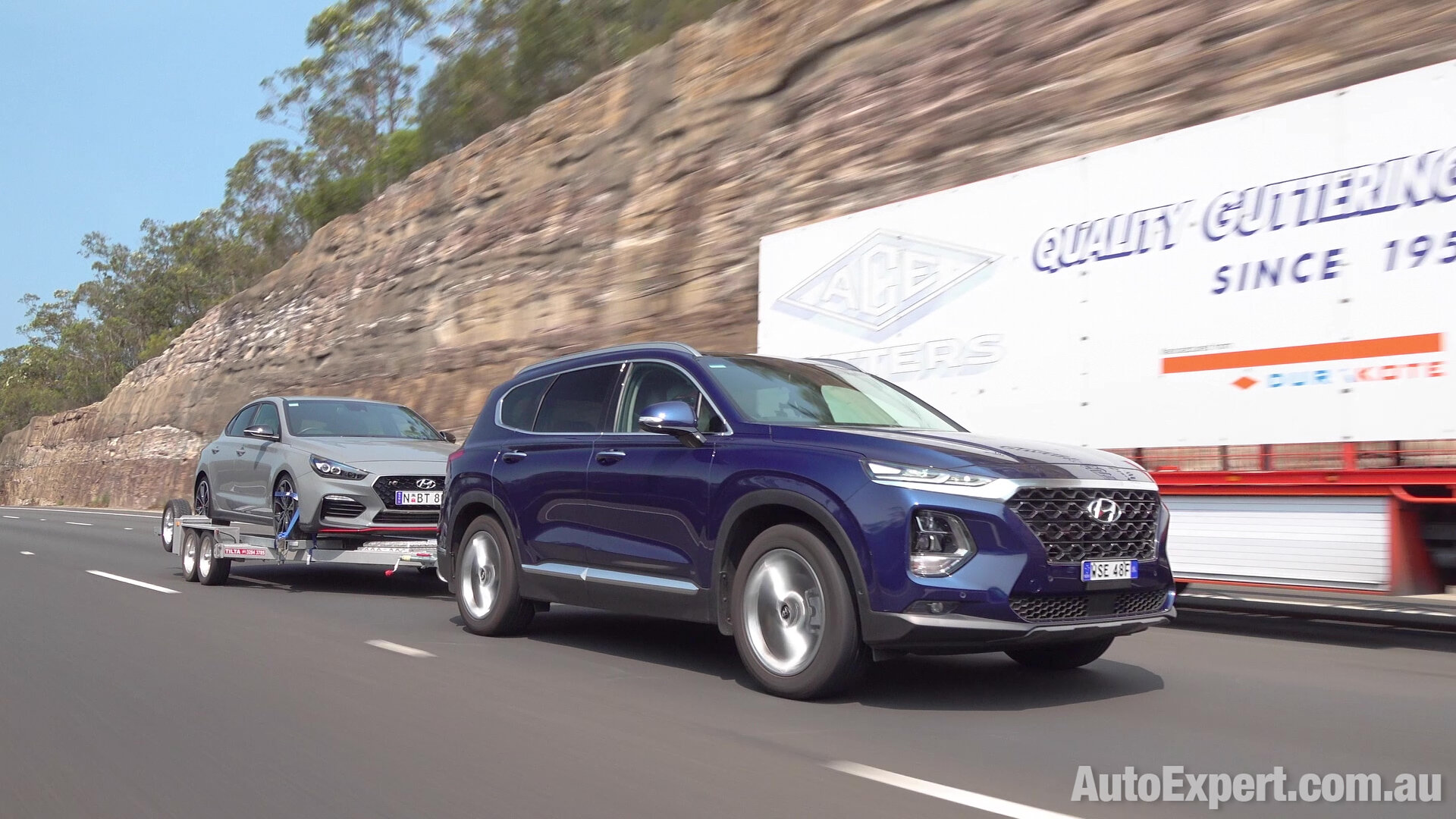
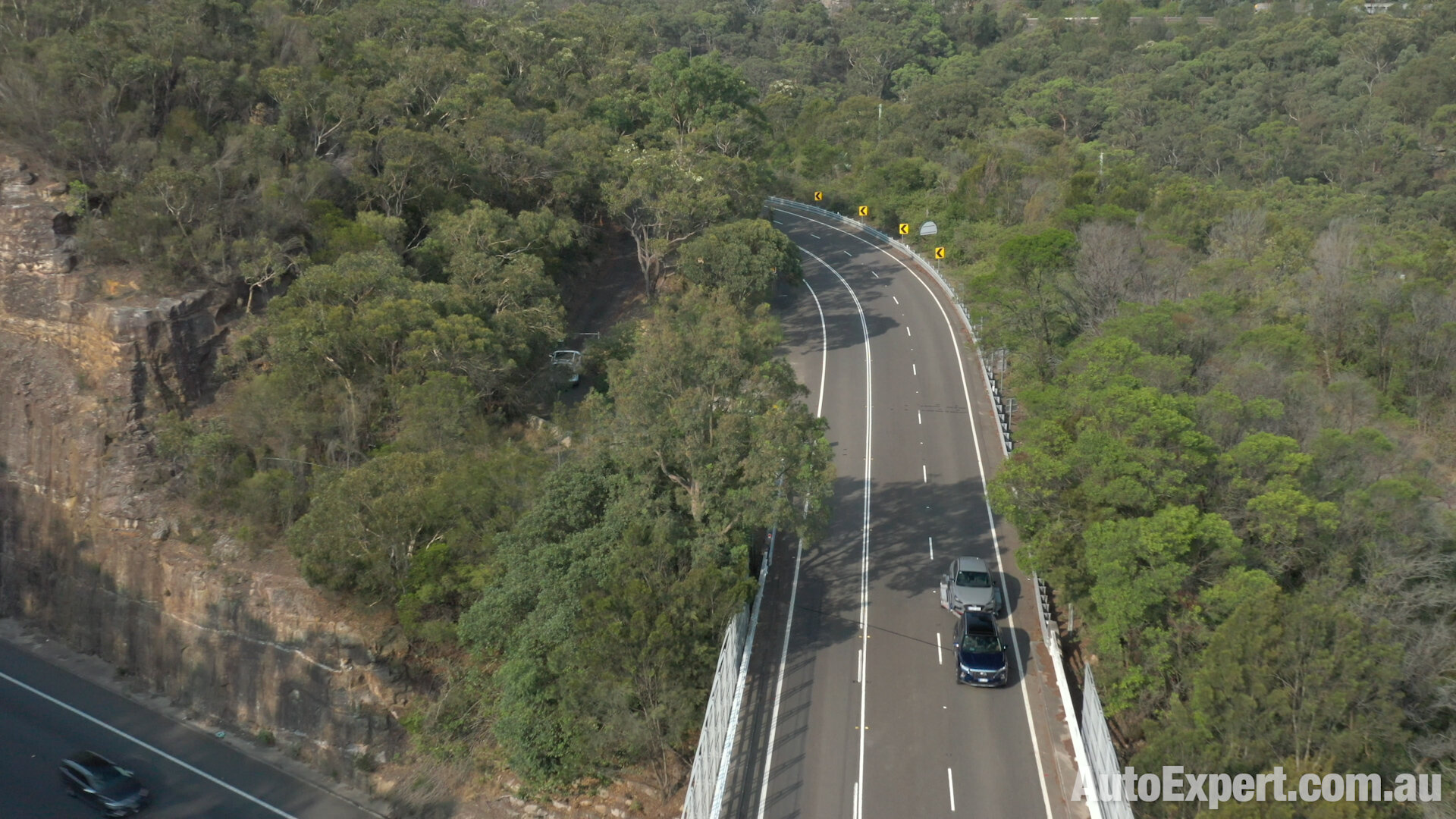
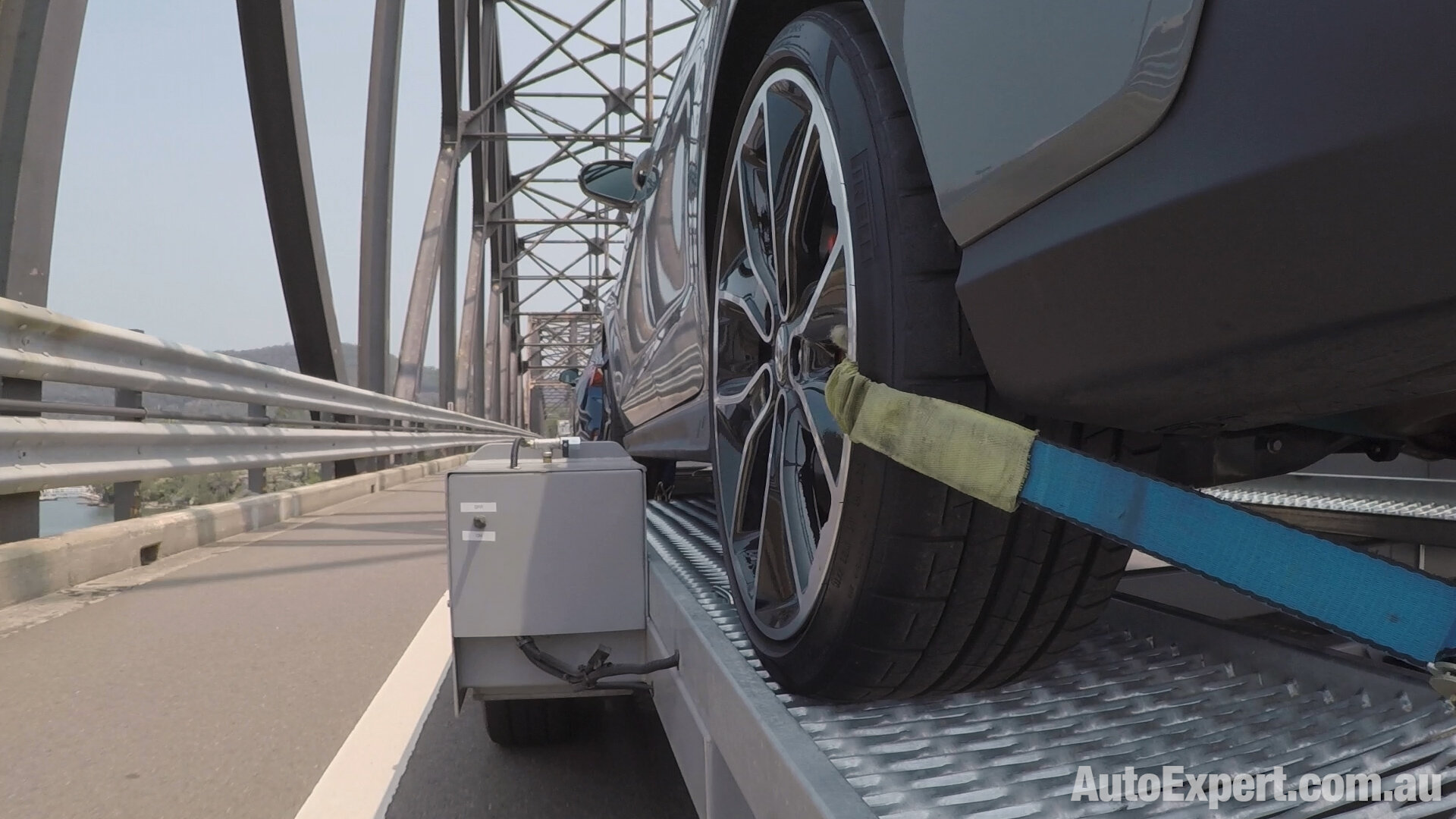
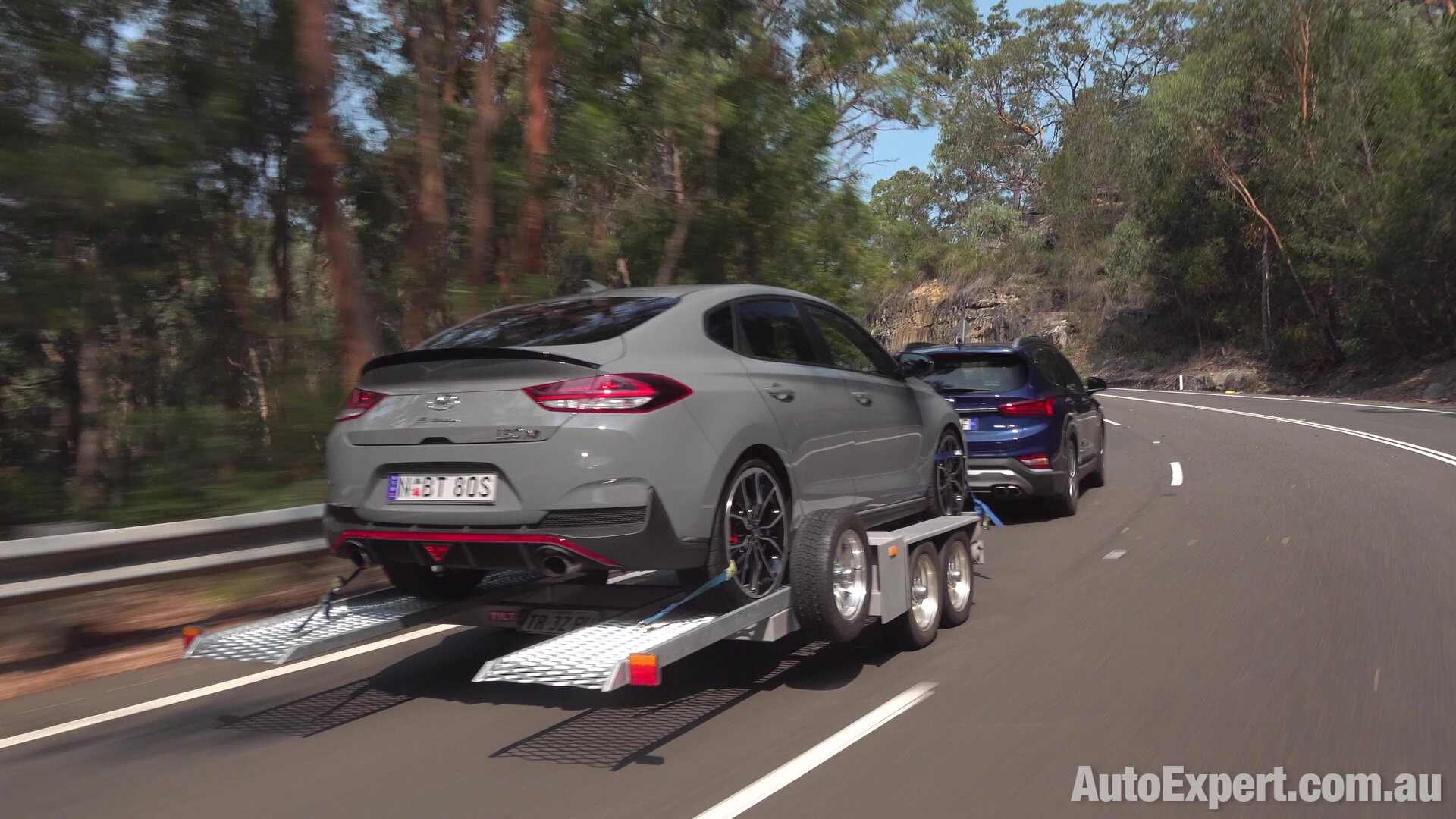
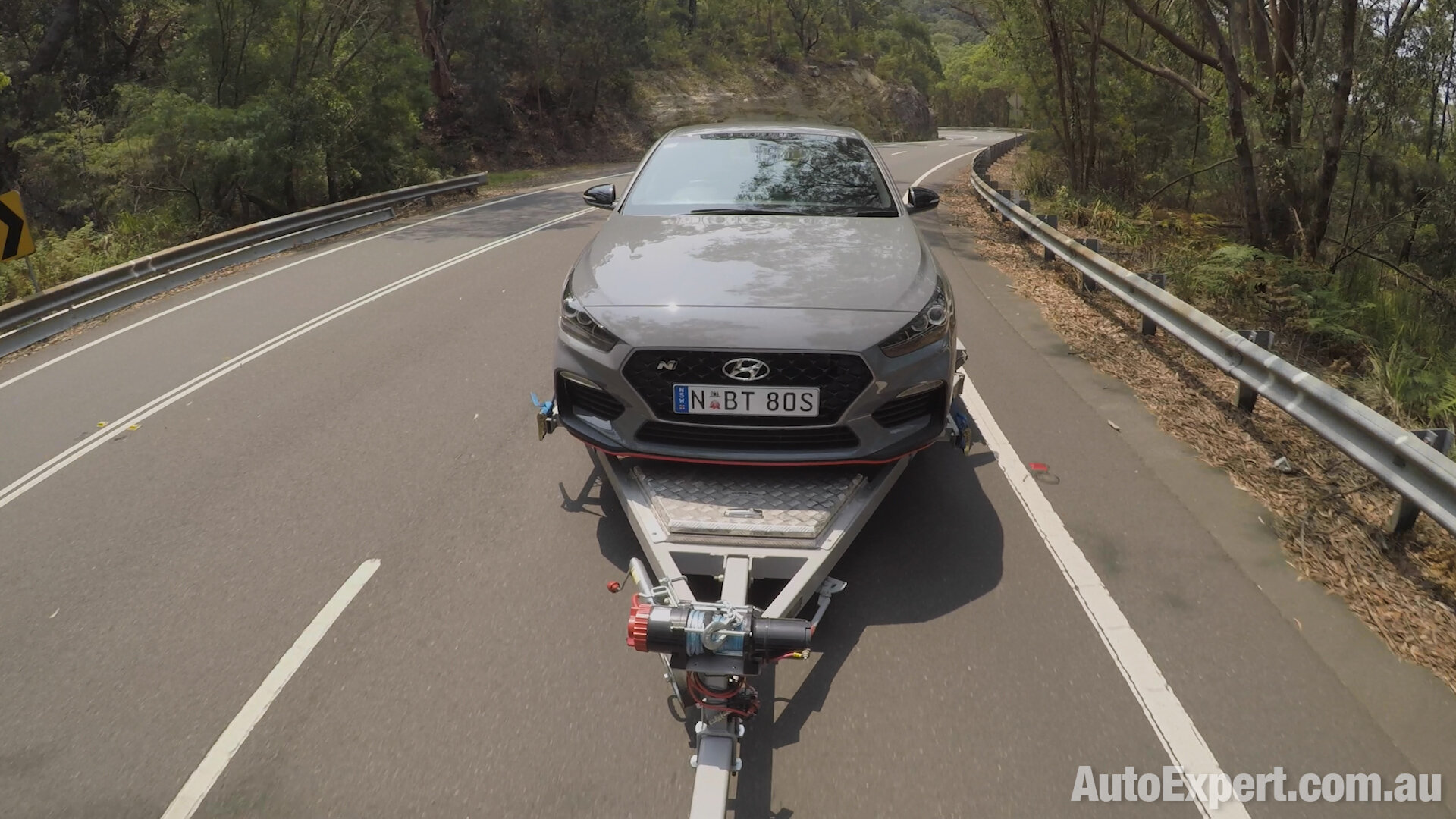

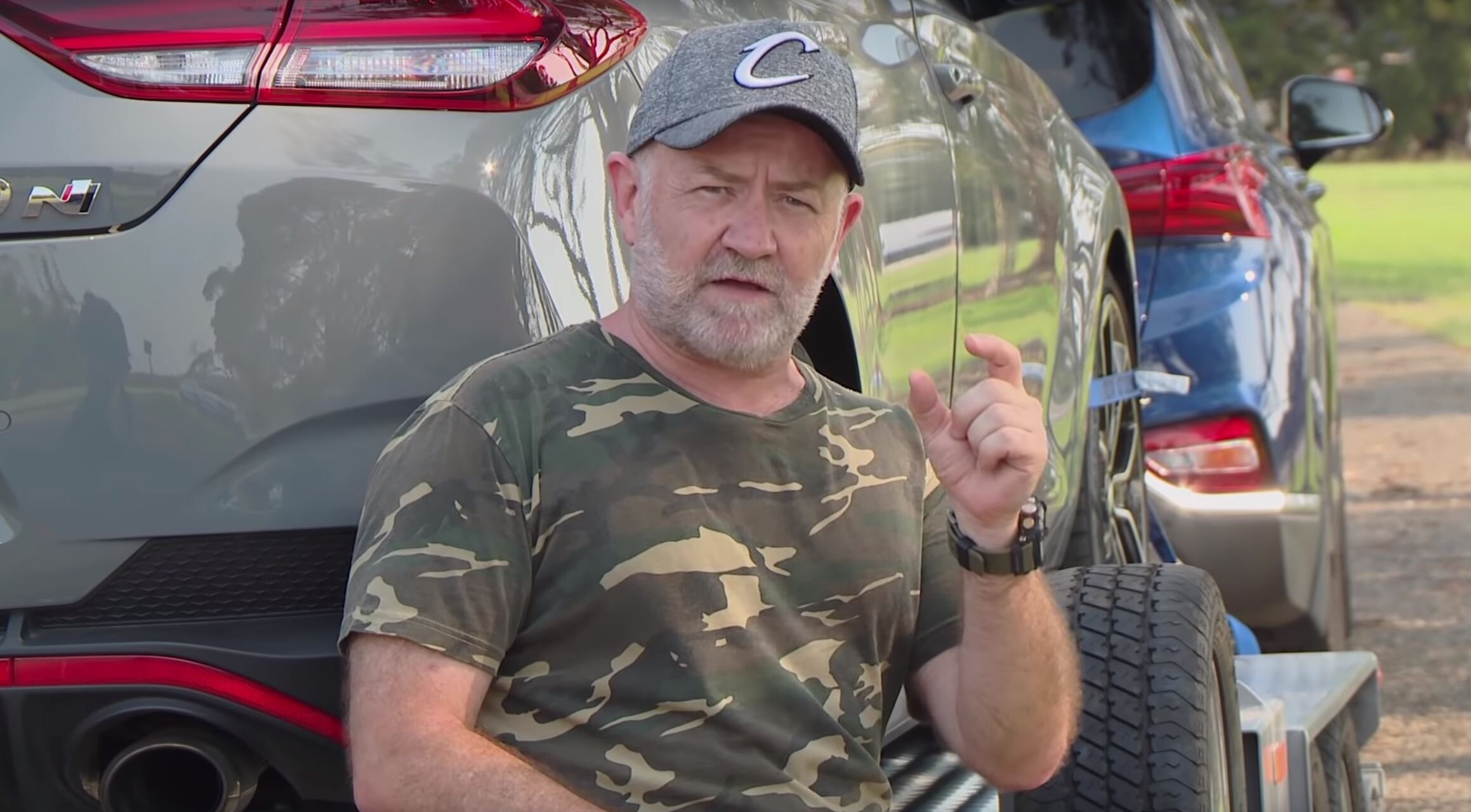
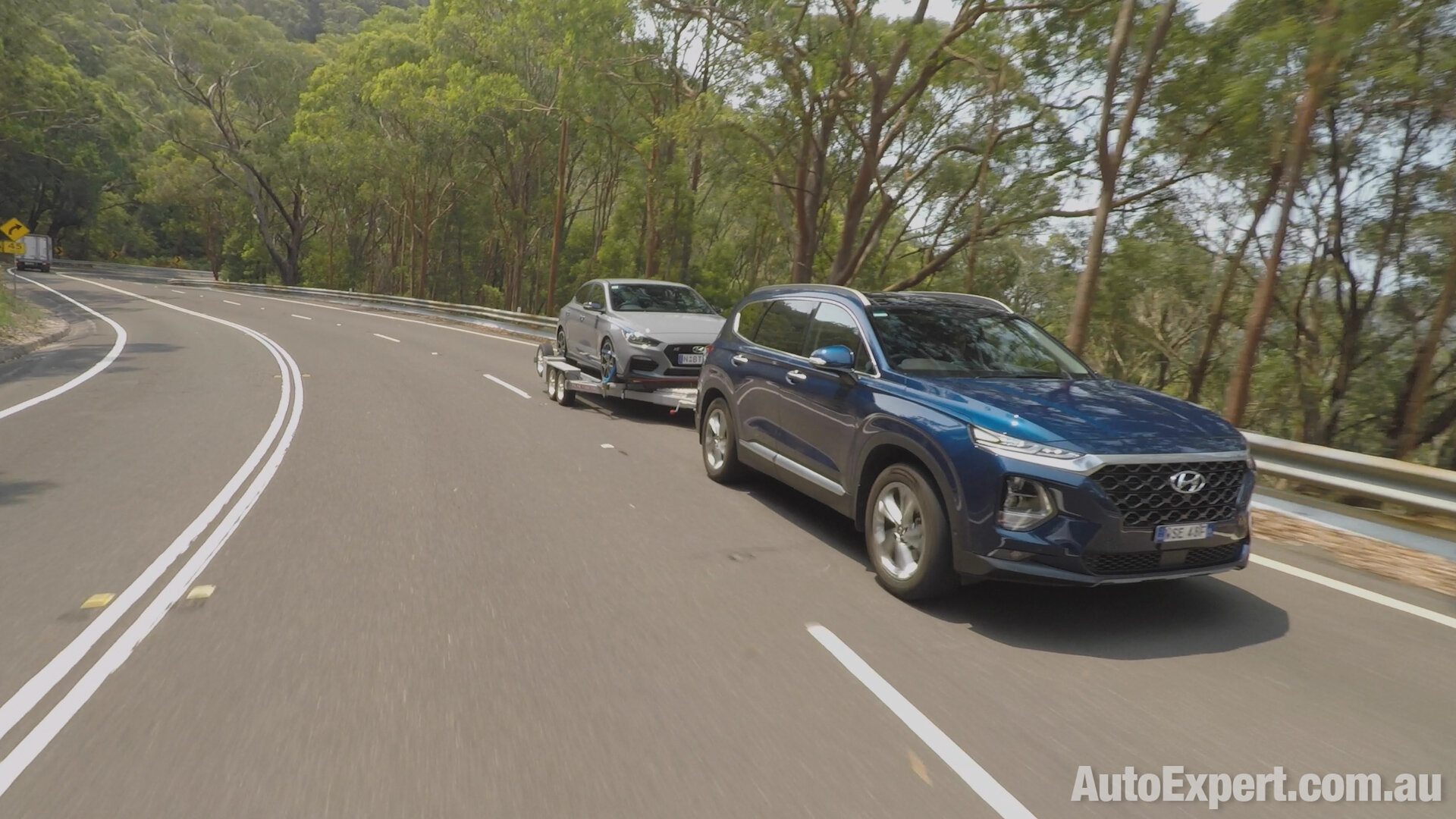

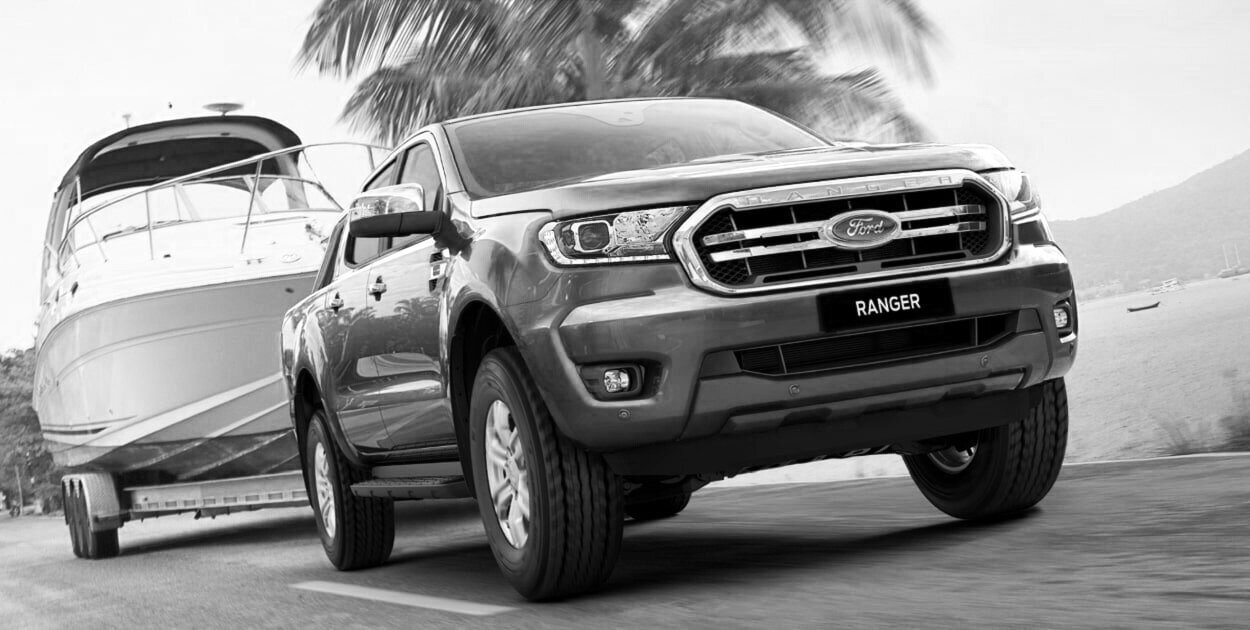















Toyota has raised the Corolla and called it a small SUV, one that offers reliability, practicality and even performance atop the range. Let’s see if there are any redeeming features that can justify the $50K price?